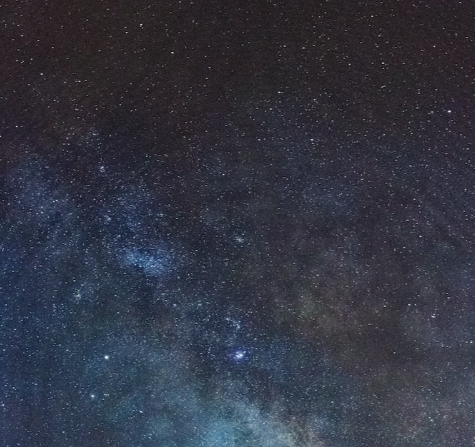The Former Farthest Planet from the Sun: Pluto
The solar system hasn’t always been what we know of today. As scientists have made new discoveries, they’ve had to make some adjustments including what planets make it up.

You see, until just over 10 years ago, Pluto was considered the ninth planet and the farthest planet from the sun.
However, more recently, scientists and astronomers have changed their tune, and today, Pluto isn’t considered a planet at all. Read on and find out what happened to Pluto and what its current characteristics are like.
What’s the Deal With Pluto?
Pluto is located in the Kuiper belt and is smaller than the moon. It’s said to be composed of a blanket of frozen water, as well as methane ice and nitrogen frost. The terrain of the planet consists of rocky mountains, valleys, plains, and a glacier.
As you might have guessed from that description, this planet is pretty cold. The average temperature of this dwarf planet is about -240ºC, cooling more at that time of year when the sun is further away. It even gets red, methane snow!
Despite that, when Pluto’s orbit brings it close to the sun, the ice on its surface can turn to gas. During these times, it can actually be closer to the sun than Neptune.
Is Pluto a Planet?
While Pluto is no longer considered to be the farthest planet from the sun, it is still a part of the solar system, just as a dwarf planet.Previously, Pluto was the farthest planet from the sun, but in 2006 Pluto was determined to be a dwarf planet and was no longer considered a planet. The solar system went from having 9 to 8 planets, causing a before and after in astronomy.
So, what happened?
One year earlier, scientists discovered the dwarf planet Eris. When they did so, they realized that Pluto actually fit the same classification as Eris.
As a result, scientists were faced with two choices:
- Classify Eris as the 10th planet in the solar system
- Remove Pluto from the solar system
As you now know, International Astronomical Union (IAU) went with the second option.

The Difference between Planets and Dwarf Planets
The IAU didn’t just randomly decide to eliminate Pluto from the solar system. When they made that decision, they had to come up with a new way of classifying spacial bodies.
What the IAU said is that planets have to meet two requirements:
- Orbit around a star without being a star or moon of a planet
- Have a mass that’s large enough to reach hydrostatic equilibrium (or, in simpler terms, take a spherical shape)
The problem is that both Pluto and Eris met these requirements, as did many other celestial objects! In order to prevent confusion, a resolution issued on August 24, 2006, added a new characteristic that planets had to meet.
Under this resolution, the IAU said that in order to be a planet, in addition to meeting the two previous requirements, the bodies must have cleared the vicinity of their orbit of other celestial bodies.
In contrast, dwarf planets could share the vicinity of their orbit with other objects.
To make things even clearer, the IAU also affirmed that the objects that orbit the sun beyond Neptune are trans-Neptunian objects. These are considered plutoids, or dwarf planets that are farther from the sun than Neptune, the farthest planet from the sun.
The Farthest Dwarf Planet from the Sun
What you might now be curious about is what the farthest dwarf planet is from the sun.
Let us give you a hint: it’s not Pluto!
Eris is farther away from the sun than Pluto, making it the farthest dwarf planet from the sun. However, beyond Eris is another planetary object called 90377 Sedna.
The jury is still out on whether or not this object could be considered a dwarf planet or not.

From Planet to Dwarf Planet
Although Pluto was once considered a planet, today, it’s been redefined as a dwarf planet. Now it’s a dwarf planet, the second farthest from the sun.
Although it is no longer the farthest planet from the sun, Pluto is still worth knowing about. It’s just the start of us discovering even more about our solar system and outer space!
